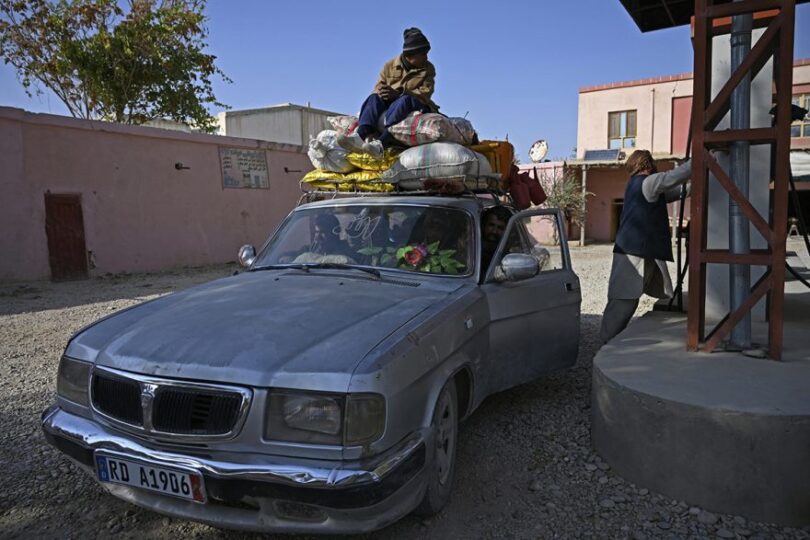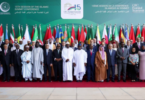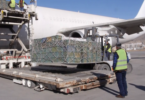KABUL (Khaama Press): Since the COVID-19 pandemic began, the world has witnessed a significant transformation in the automotive sector, with the used car market taking center stage in countries including the U.S., Asia, and Europe. This shift was primarily triggered by production halts in automobile manufacturing and a critical shortage of semiconductor chips, essentials in modern vehicles for a wide range of functionalities. This article delves into the rise of the used car market during the pandemic, the recent adjustments in used car prices, and a unique perspective on Afghanistan’s auto market dynamics.
The pandemic-induced shutdown of vehicle production units, coupled with a severe scarcity of semiconductor chips, left the automotive industry in uncharted waters. This led to a sharp decline in the production of new cars, steering consumers towards the used car market. The U.S. saw a surge in used car sales, rising over 10% in 2020 compared to the pre-pandemic era. Europe and major Asian markets like China and India similarly reported a spike in demand, with used car transactions climbing by 15% and 20%, respectively.
The landscape began to shift in the past two years, marking a decrease in used car prices. This change came as the production of new cars picked up pace and the advent of electric vehicles (EVs) started reshaping consumer preferences. The U.S. Bureau of Labor Statistics noted a 5% dip in used car prices in early 2023 relative to the peak in 2021, with Europe and Asia observing a 3% and 4% decrease, respectively. The revival of new car production and the growing allure of EVs, supported by environmental policies and incentives, contributed to this trend. Afghanistan presents a unique case within the global auto market landscape, dominated almost entirely by used vehicles. The country’s economic conditions, import limitations, and the average consumer’s financial capacity have shaped a market where new car dealerships are virtually non-existent, save for a Toyota dealership with scant sales.
A substantial portion of the vehicles in Afghanistan are models from before 2005, with many dating back to 1988. This scenario underscores Afghanistan’s reliance on imported used vehicles to fulfill its transportation needs.
The global used car market’s evolution since the pandemic outbreak reflects the adaptive response to supply chain disruptions and shifts in consumer behavior towards automotive purchases. While the initial surge in used car prices underscored the market’s resilience, the subsequent price adjustment signals a gradual return to normalcy and a shift in focus towards new and electric models. Afghanistan’s auto market, with its reliance on used cars, offers a unique lens through which to view the impact of global trends on local economies. As the world progresses post-pandemic, the automotive sector remains a vital indicator of broader economic and technological shifts, particularly resonant within the Afghan context.







